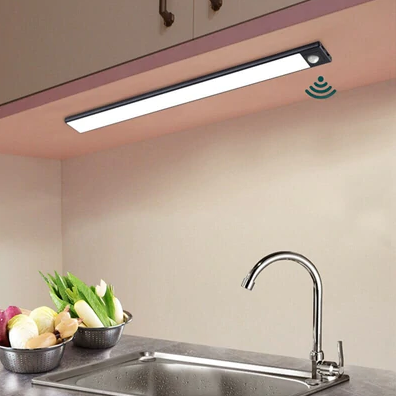
Make space for good lighting!

Lighting is often an afterthought for many when designing homes. This occurs when it is viewed as functional rather than attractive feature. Lighting can elevate your project to life when done correctly. With this comprehensive lighting guide, you’ll be able to light every area in your house with ease. You never realise when you’ll need to make adjustments to your home decor and lighting or start from over with a new design.
Know your options.
People often assume that one form of lighting—especially the dreaded overheads—is all that is needed to complete a room. Most interior designers will tell you that this is not the case. When it comes to lighting, it’s preferable to employ it in layers. Each room should have at least one of the three basic indoor illumination types. These are the names of the individuals:
You can safely move around the space with the help of ambient lighting, often known as general lighting. It is most commonly caused by recessed, track, or wall-mounted lighting.
Accent lighting can draw attention to a particular object, such as a work of art on the wall. Dimmer switches are commonly used to control the brightness of picture lights and wall-mounted lamps and track lighting.
As the title suggests, activity lights help you complete a specific task. Desk lamps and kitchen island pendant lights are two examples of this type of lighting.
The layout should be left to the room’s whims.
It’s time to figure out how and where to arrange your lighting effects in each space that now you know your alternatives. There are a few tried-and-true layouts, but ultimately it comes down to personal taste. If you don’t know where to begin, check out these room-by-room instructions for ideas:
- Start with an eye-catching chandelier or pendant light in the entryway. Then add a floor or table lamp to complete the look.
- Throughout the living area, track or light fixtures is an excellent choice. Are you using a more oversized overhead lamp to centre a significant seating area if your room has one? Use floor lamps to shed light on dark nooks and crannies. The last thing to consider is adding a table light to a buffet and perhaps another large piece of furniture.
- Light up the dining room first because it’s the easiest of all the rooms to do. A large pendant or chandelier should be the centrepiece of your dining room lighting. A floor or desk lamp might help illuminate any remaining dim areas.
- Consider adding small indoor plants for the ideal home decor and lighting setup.
Kitchen lighting. Recessed lighting is an excellent place to start. Overhead pendants and chandeliers are ideal for focal points like the kitchen counter and dining table. The addition of the under lighting illuminates work areas. In addition, you may add task-specific lighting to the sink and stovetop.
Table lamps on bedside tables or dressers are an ideal complement to the direct overhead light in the bedroom.
In the bathroom, it’s not uncommon to have recessed lighting. Install an overhead light over the tub or place task lighting around a mirror for a dramatic effect.
Use recessed or general overhead lighting as a starting point in the office. Put a table or floor lamps in dark nooks or seating areas. A desk lamp should also be used in your primary work location.
Think about the dimensions and the overall appearance.
About lighting fixtures, we’re primarily talking about the overhead elements. A few of these lights can be sized using a simple formula. All it takes is the correct diameter to be discovered. The diameter of your light source can be determined by multiplying the number of feet by the number of inches. If the room is 10′ by 12′, your fixture should have a diameter of 22 inches because 10 + 22 = 22. While measuring the space itself is acceptable for general placement, it’s better to focus on a single item if you aim to centre the fixture over it. A person’s perception of what constitutes “beautiful” has a significant role in assessing it. However, make sure that it is in keeping with the rest of a room’s décor.
Proper illumination has the power to create or ruin a space. A well-executed setting can enhance your design, but a poorly-executed one can detract from the chosen aesthetic.